I can tell you that I am passionate about cheeses, and specifically, the most cured ones, that is, the ones with the strongest flavor.
And if we talk about strong cheeses, without a doubt, the Bejes cheese in its variety Picón cheese is a good example, and it must be recognized that it is not suitable for all audiences.
In my last trip to cantabria I had the opportunity to learn how cheese is made by hand in the village of Beja, in the Valley of Liebana.
There, in one of the high areas of said interior valley that takes you, among other places, to the Fuente Dé Cable Car, there are still two cheese artisans who largely make it in a traditional way, with the curing process in caves.
There has been evidence of the existence of these caves since 1737, when it is known that the neighbors carried boards into the caves, presumably to cure the cheese.
Luis Alberto Alles currently produces the variety of Picón de Bejes cheese, under the designation of origin Bejes-Tresviso, a blue cheese with a very intense flavor, made with raw cow, goat and sheep milk.
With 10 and a half liters of milk, prepare a kilo of cheese, which, after 3-4 days of drying and 20 days of drying, is transferred inside a cave, where it remains for a minimum of two months in the curing process. .
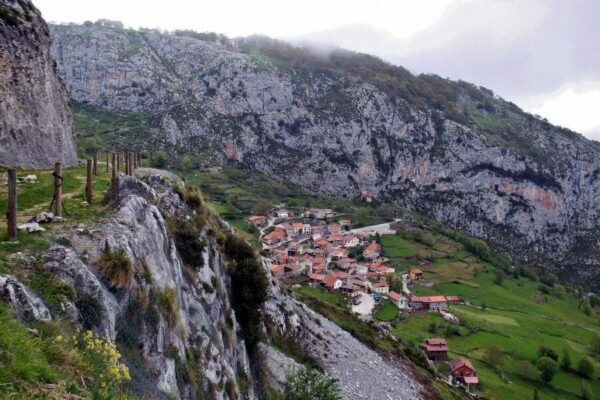
And after this time, it is ready to market.
This is the visit to the Bejes cheese cave
In the visit to Bejes, where Luis has set up a Cheese Interpretation Center, you can visit with him the Sotorraña cave, which he continues to use today for maturing cheese.
This cave was opened in 1943, a time when all the residents of the town produced cheese.
But cheese production was not the main economic activity of the population of Beja in previous times, since between 1856 and 1927 the then 400 inhabitants of the town were mainly dedicated to work in mining.
In fact, for that reason, in that year 1856, the road to go up to Bejes.
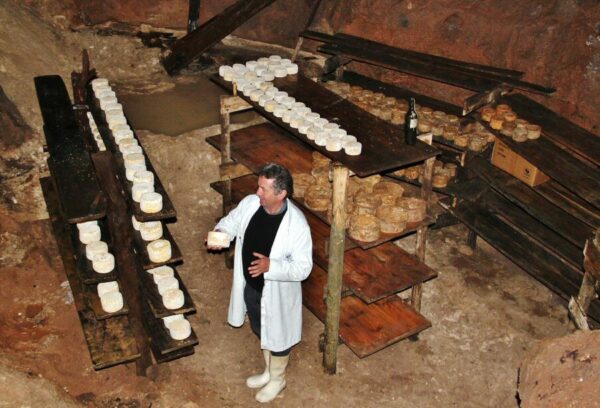
The cave was initially accessed by walking and crawling, but now it is reached through a forest track opened in 2002 to reach it by vehicle, and you can walk to the place where the cheeses are matured.
To get to it, you have to open a metal door and pass by some formations of stalactites and stalactites, and in the background, you will see the cheeses on wooden boards.
The cave has a constant temperature of 9 degrees, and a humidity of around 90 percent.
In addition to the picon, All also produces the Tres Leches Cheese, with raw milk, a variety of pressed cheese and a milder flavor.
Here you have information to reserve your visit to the Picón Cheese Interpretation Center in Bejes, in which you can see how it is made in the caves.
Photos of Picón de Bejes cheese
Here you have more photos of Bejes cheese in the Liébana Valley.


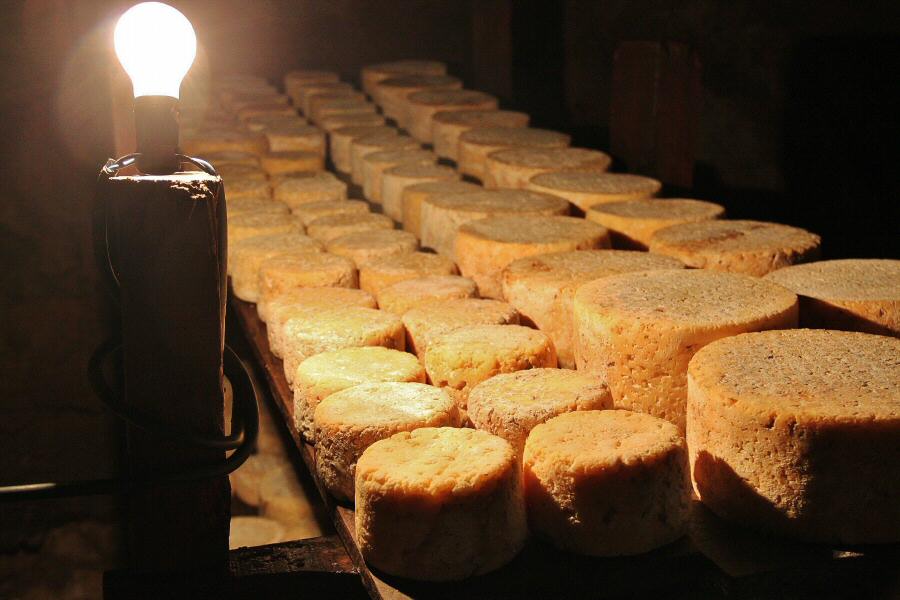
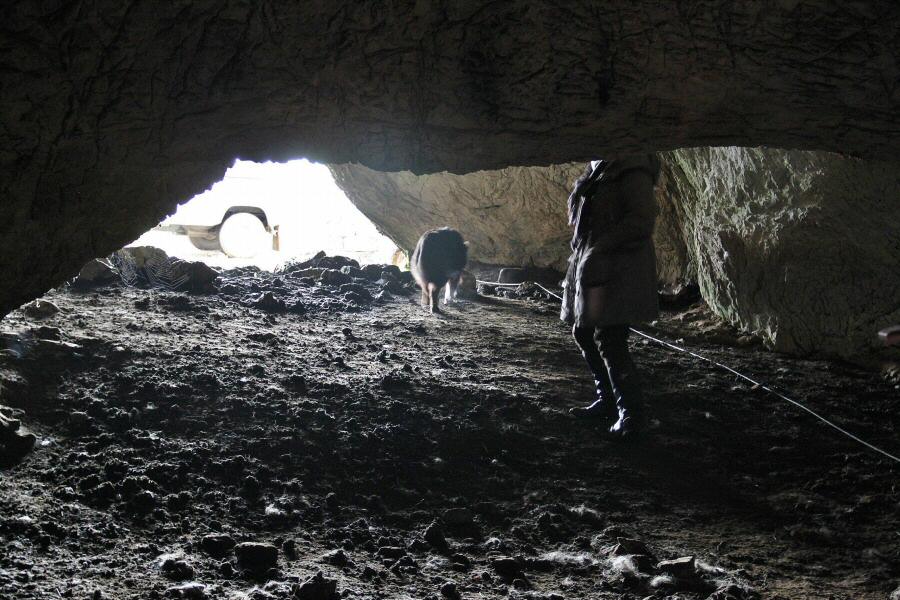
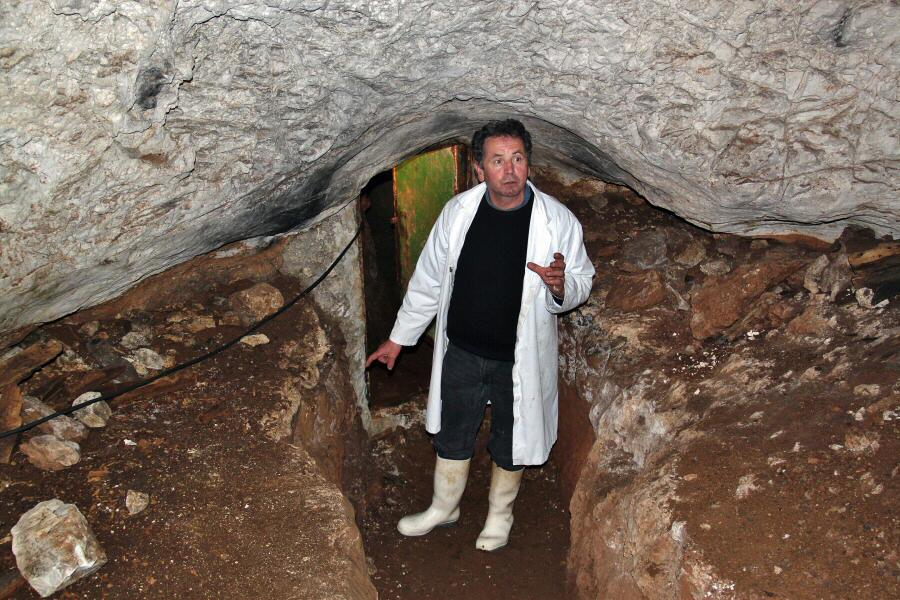

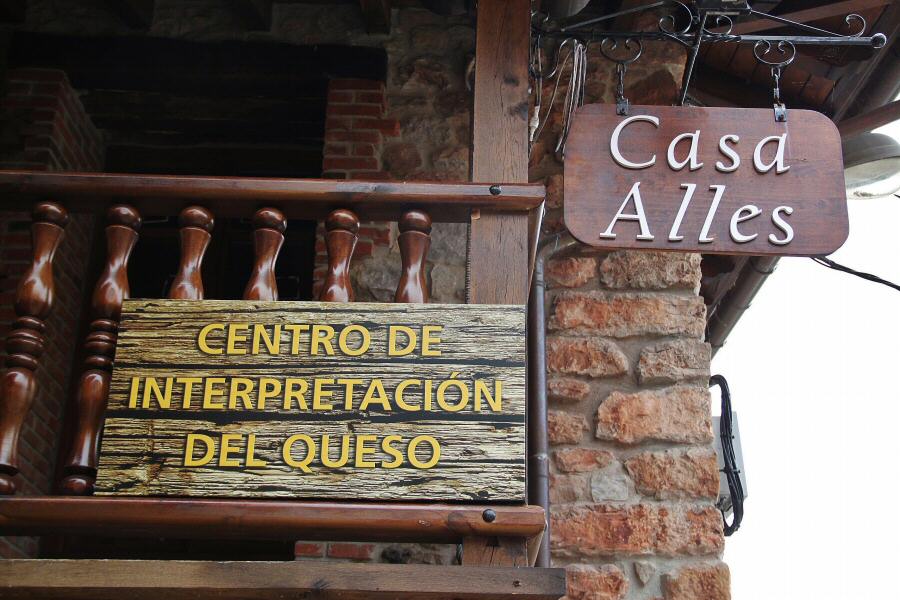
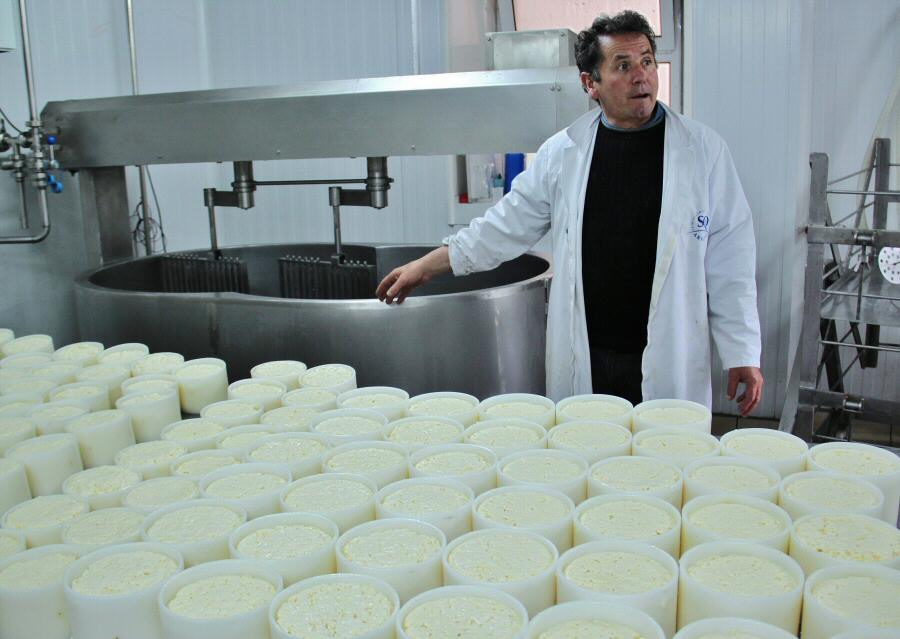


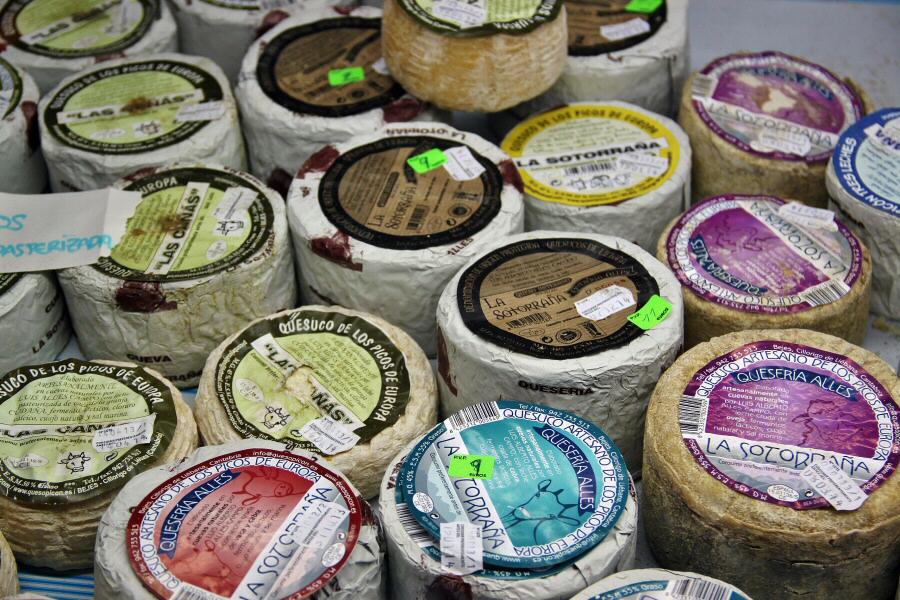

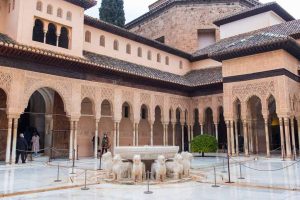
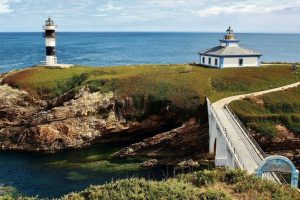











What memories. 2 years ago we spent a vacation in Potes, and while walking there we met Luis in a park of ancient chestnut trees.
He told us about his town, Bejes and its cheeses. We went to their interpretation center and we were delighted.
Do you know if you can buy their cheeses online?
Here you have the online store
http://quesopicon.es/3-queso